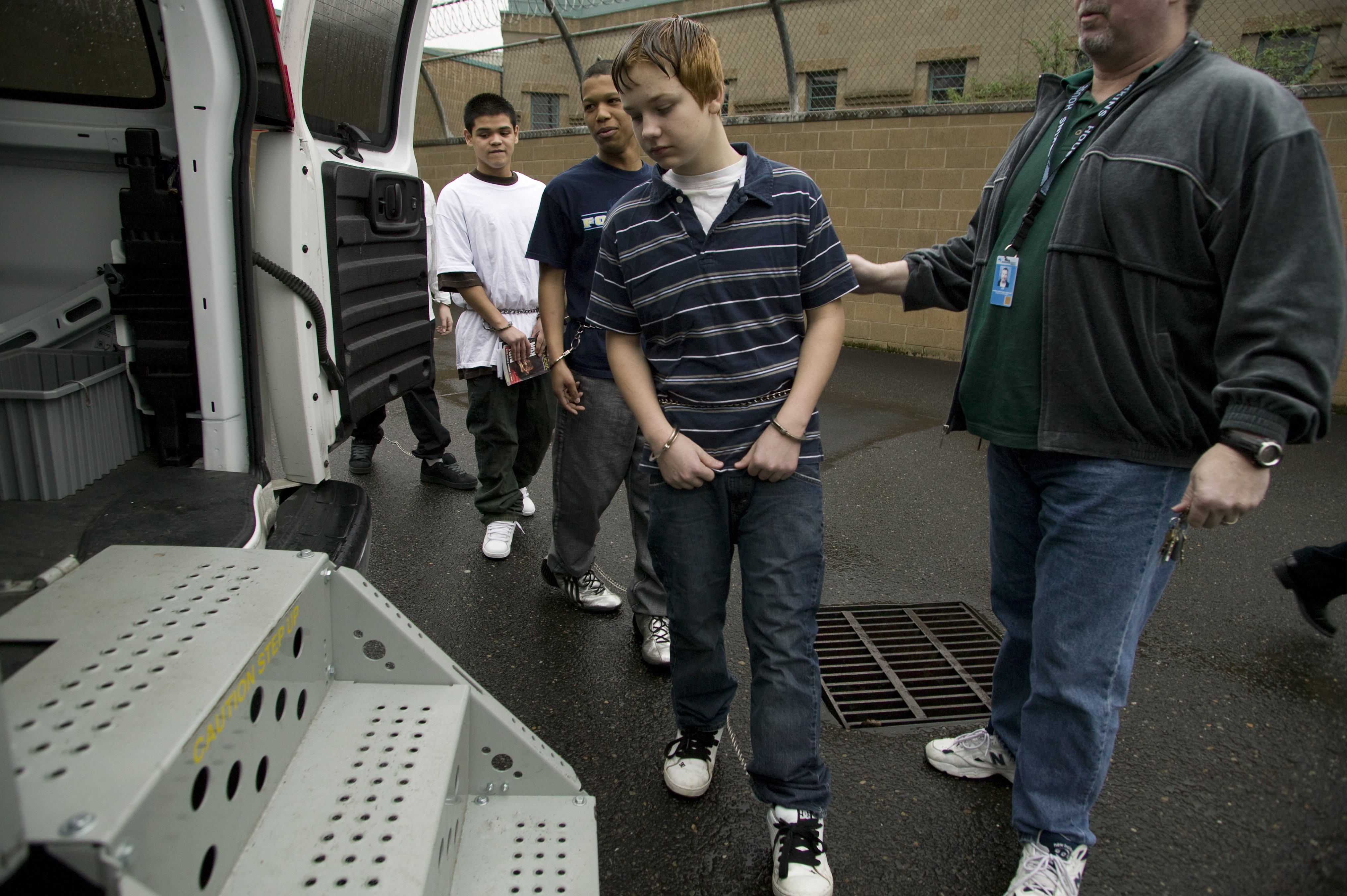The Problem

Too many children are being criminalized at increasingly younger ages and subjected to the juvenile justice system and/or the adult criminal justice system. This is particularly true for children who are poor; children of color; children with disabilities; children with mental health and substance abuse challenges; children facing neglect, abuse, and/or violence; children in foster care; and LGBTQ children. These children are disproportionately pushed out of schools and pulled into unjust systems through arrests and incarceration, which exacerbates harm and increases the risk of abuse. More than 530,000 children were arrested in the United States in 2019. While youth arrests and detentions have been declining overall, 43,580 children were held in residential placement on an average night in 2017 and extreme racial disparities have persisted.
Our Vision
All children deserve to grow up at home in safe, stable families, receive a quality education in safe, supportive schools, and participate in peaceful, thriving communities. Every child should be able to have a childhood that provides the time and space for learning, mistakes, and restorative correction by caring adults with knowledge of adolescent brain development and a child’s capacity to change based on neuroscience. To the extent that children are deemed to have committed a punishable offense per the juvenile justice system or a crime per the adult criminal justice system, they are entitled to adequate legal representation and a response that is age-appropriate, developmentally-appropriate, culturally-responsive, gender-responsive, and trauma-informed in the least-restrictive, most-safe setting in order to facilitate rehabilitation, promote healing, ensure positive youth development, and reduce recidivism.
The Solution
We work to reduce children’s contact with the juvenile justice and criminal justice systems and to ensure more humane and rehabilitative prevention and treatment for all children who come in contact with these systems, especially children of color who historically have been over-criminalized and over-represented in school discipline, arrests, prosecutions, and detention. To stop the criminalization of children and ensure justice for all youth, we must:
- Move Funding Away from Policing Young People and Towards Supports: The safest communities are those with the most resources, not the most police or incarceration. The presence of police and School Resource Officers (SROs) in schools does not make students safer or encourage learning. Rather, increased police presence harms school climate and academic outcomes, criminalizes typical child-like behavior, leads to disproportionate use of force against Black students, and perpetuates the cradle-to-prison pipeline, especially targeting Black students and other students of color, LGBTQ students, and disabled students. In both schools and communities, funding should be divested from programs that criminalize our children and invested in resources that promote their safety and well-being instead.
- Close Youth Prisons and Invest in Restorative, Community-Based Solutions: Youth prisons are often harmful, large, outdated, punitive places in which children are locked in secure facilities without the compassion, services, and support they need. While incarcerated, children are often provided with inadequate education instruction, health care, and counseling services and they are at greater risk of maltreatment, physical and psychological abuse, sexual assault, and suicide. Elected officials must protect children and increase public safety by closing youth prisons and investing in restorative, community-based solutions close to home.
- End Solitary Confinement of Children: Solitary confinement refers to the involuntary placement of isolating a child in a cell, room, or other spot for any reason other than as a temporary response to the threat of immediate physical harm. Facilities refer to this practice in various ways, including isolation, room confinement seclusion, or segregation. Solitary confinement is detrimental to the health and well-being of children. It exacerbates issues rather than resolving them, and it must end.

